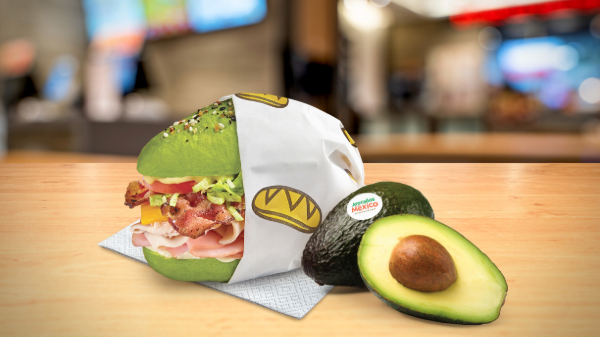Welcome to Blue Book!
Are you ready to join the thousands of companies who rely on Blue Book to drive smarter decisions? View our plans and get started today!
Still have questions? We’d love to show you what Blue Book can do for you. Drop us a line– we’ve been waiting for you.

Other than the auction house, South Jersey is situated among a choice of nearby terminal markets and ports. Philadelphia’s Packer Avenue Marine Terminal Port is 12 miles from Budd’s business. He also works with the Hunts Point Produce Market in the Bronx (NY), and the Maryland Wholesale Produce Market in Jessup.
“The advantage of doing business with terminal markets is that they have a very diverse clientele,” Budd explains, adding, “in addition to the pure variety of produce, these markets find homes for produce of elite quality, as well as that of average quality.”
FRESH FORUM:
What issues do you think will have the most impact on the South Jersey industry over the next growing season?Art Galletta – Atlantic Blueberry Company, Inc.
Labor can be a difficult issue. As more acreage is planted, there is an increased need for harvest labor.Tim Wetherbee – Diamond Blueberry, Inc. and New Jersey Blueberry Industry Advisory Council
Labor is the biggest issue for the coming season. Hand-harvesting blueberries in this region is so intense, you need a lot of hands to do what you want to do. For tree fruit, you might need a dozen or two people. For blueberries, we need hundreds.Thomas Sheppard – Eastern Fresh Growers, Inc.
The availability of labor for harvest will be the biggest challenge. This is our third year as part of H2A; we are up to $11.06 per hour through the program.Ron Budd – Gloucester County Packing
The biggest issue facing us this season is getting all of our growers food safety certified. It is no longer a question of if they will get certified, but when.Ryan Flaim – R&R Flaim Next Generation Produce, LLC
While it is difficult to predict the growing season this year, it is reasonable to assume that growers will contend with continuing issues such as global climate changes, seed supply shortages, labor and immigration legislation, and escalating costs of overall operation.
Challenges
Growers tango with Mother Nature every year. Some years, the dance is synergetic; others, it’s more like a wrestling match. And, the dance starts well before the seeds sprout. Wet fields in the spring already delayed the season, as growers were prevented from working the soil until most of the winter’s abundant snow melted away. This year, March ranked eleventh out of New Jersey’s coldest March temperatures since 1895. For the December through March interval, this year was the tenth coldest with an average of 30.4° Fahrenheit (the coldest was in 1912 with an average temperature of 28.4° for the four-month stretch).
The challenges go beyond getting fresh fruit and vegetables from field to fork in saleable shape. There’s paperwork and traceability, food safety certifications, packaging and storage concerns, all of which affect everyone along the supply chain. A prominent example is big box stores requiring food safety certification to do business, Budd says. Though the case tagging and traceability is necessary and welcome, the expense falls on growers and/or packers. Best of all, however, is “if there’s a problem, we can fix it quickly,” Budd says.








